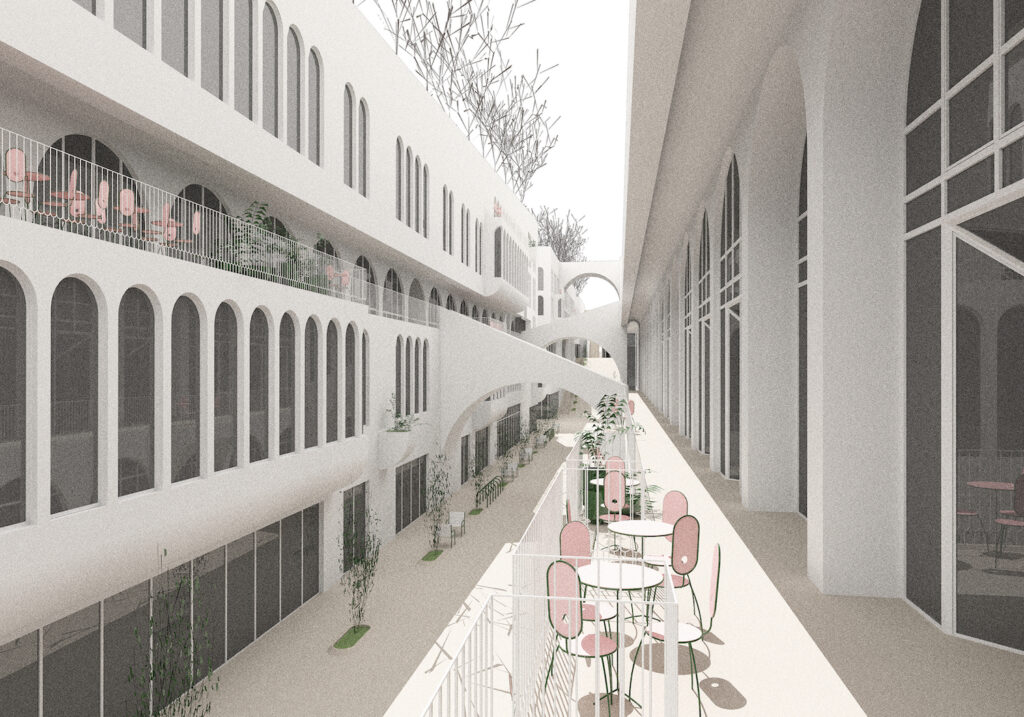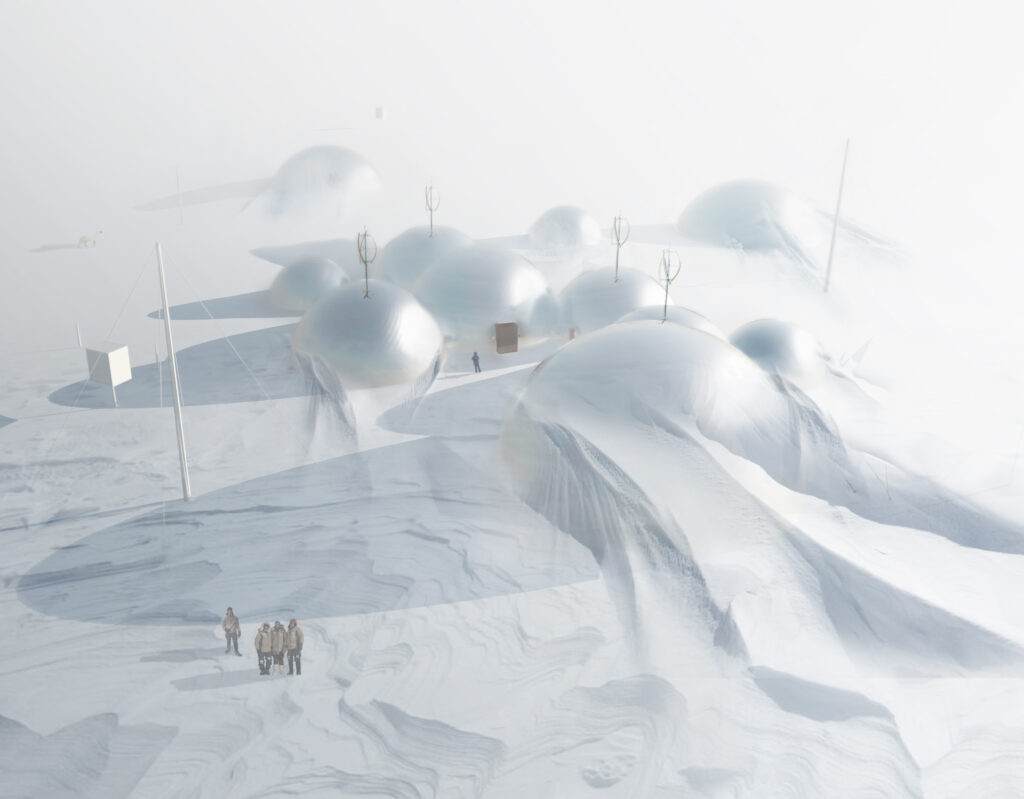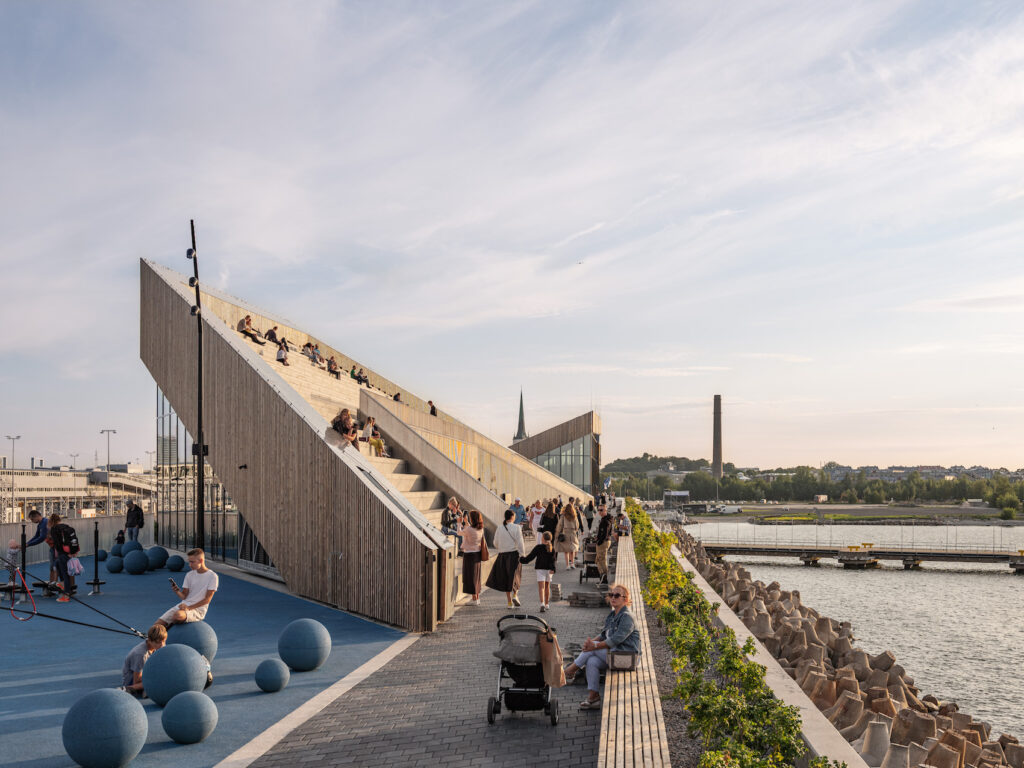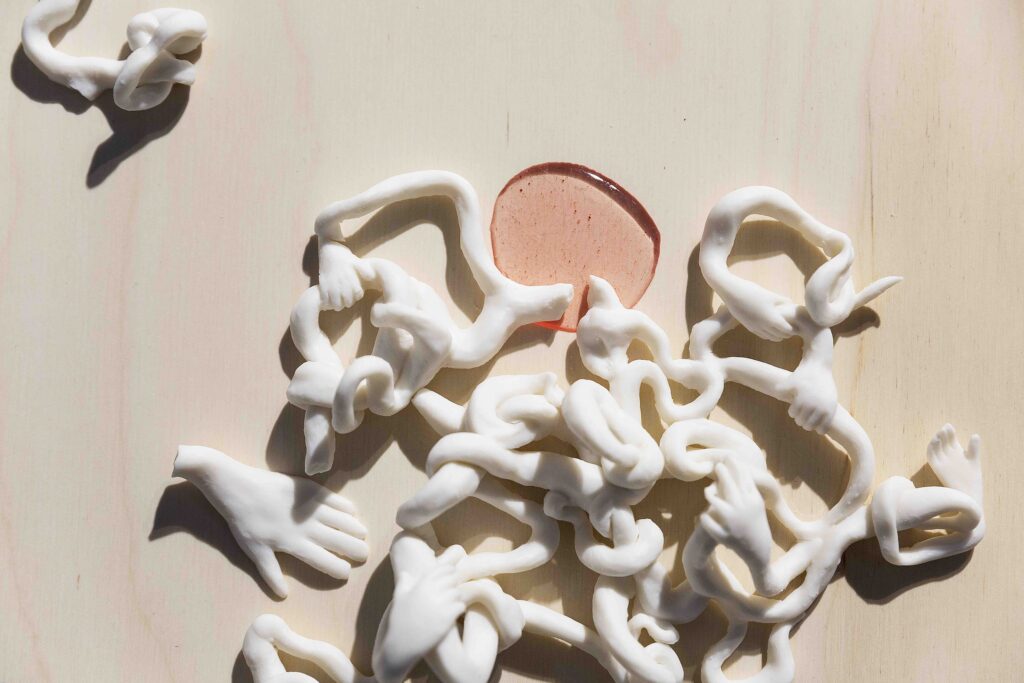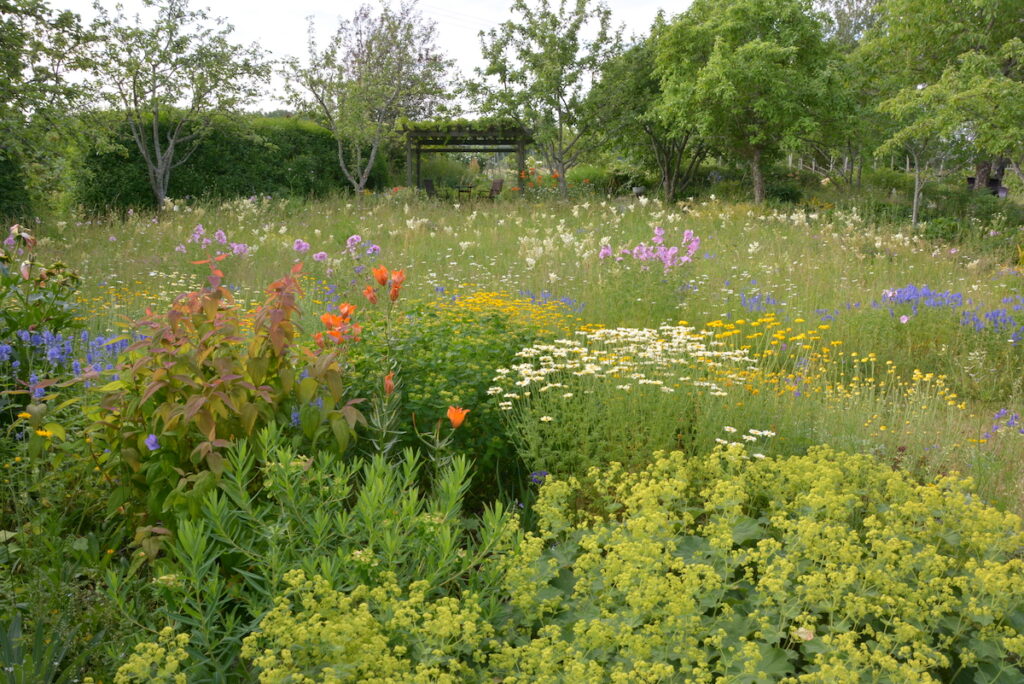(URBAN)LANDSCAPE
‘Heliorg’ explores the possibilities for reviving the bastion belt surrounding Tallinn Old Town.
The work marks a reaction to a personal and scary experience with the highrises in central Los Angeles. When I was living and studying in LA in 2010, I imagined a dystopian degenerating city characterised by overwhelming monofunctionality pushing out the weak, increasingly higher and denser office buildings and the street space sinking into darkness.
The current work explores the role of the architect in the face of changing environmental conditions. The Arctic area is confronted with dramatic social, economic and environmental changes. The increasing pressure on the Arctic natural resources and Arctic Ocean waterways sets higher demands for the otherwise sparsely populated area. In order to ensure more efficient search and rescue competence and nature protection, a new infrastructure is needed.
The hybrid building merges the library and botanical garden into a spatial whole, a symbiosis of design and high technology. It is located in Burggarten in Vienna – the historical imperial private garden of the Habsburg family, between the Austrian National Library and Palmenhaus.
The aim of the work is to achieve harmony and universal beauty. I value milieus and particular atmospheres carrying it. Sometimes I convey it with a single line or a geometric detail that can evolve into a deeper spatial gesture.
The new terminal is not just a building, it is above all an urban act, showing the way to and perhaps even anticipating the integration of the harbour and the entire seafront area.
The way nature wills its way into every nook and cranny, even to places where it is unwanted, creates a feeling that freedom, free space, and free will still exist in the world. Burgeoning envelops small moments of pleasure, reverie, and rest on what would otherwise be a routine course from one point to the next.
The Curated Biodiversity landscape laboratory in Tartu has organised six experiments so far. Running a small operation, we might not be able to change the world at the snap of a finger, but we can start with what we can handle.
A vast majority of Estonians today live in cities and can only dream of such biodiversity that dominates in Kristiina Hellström’s garden and its surroundings. Nevertheless, she is writing about it with the hope that recent country house owners could benefit from her experience.
A weed is a plant considered unwanted in human-controlled settings, such as farm fields, gardens, lawns, and parks. The derogatory term ‘weed’ is also applied to any plant that grows or reproduces aggressively or is invasive outside its native habitat. Invasive species are largely a consequence of human activity: plants and seeds brought by people on purpose or by accident to an area, where they might not have natural competitors and thus will grow unstoppably.
Postitused otsas

